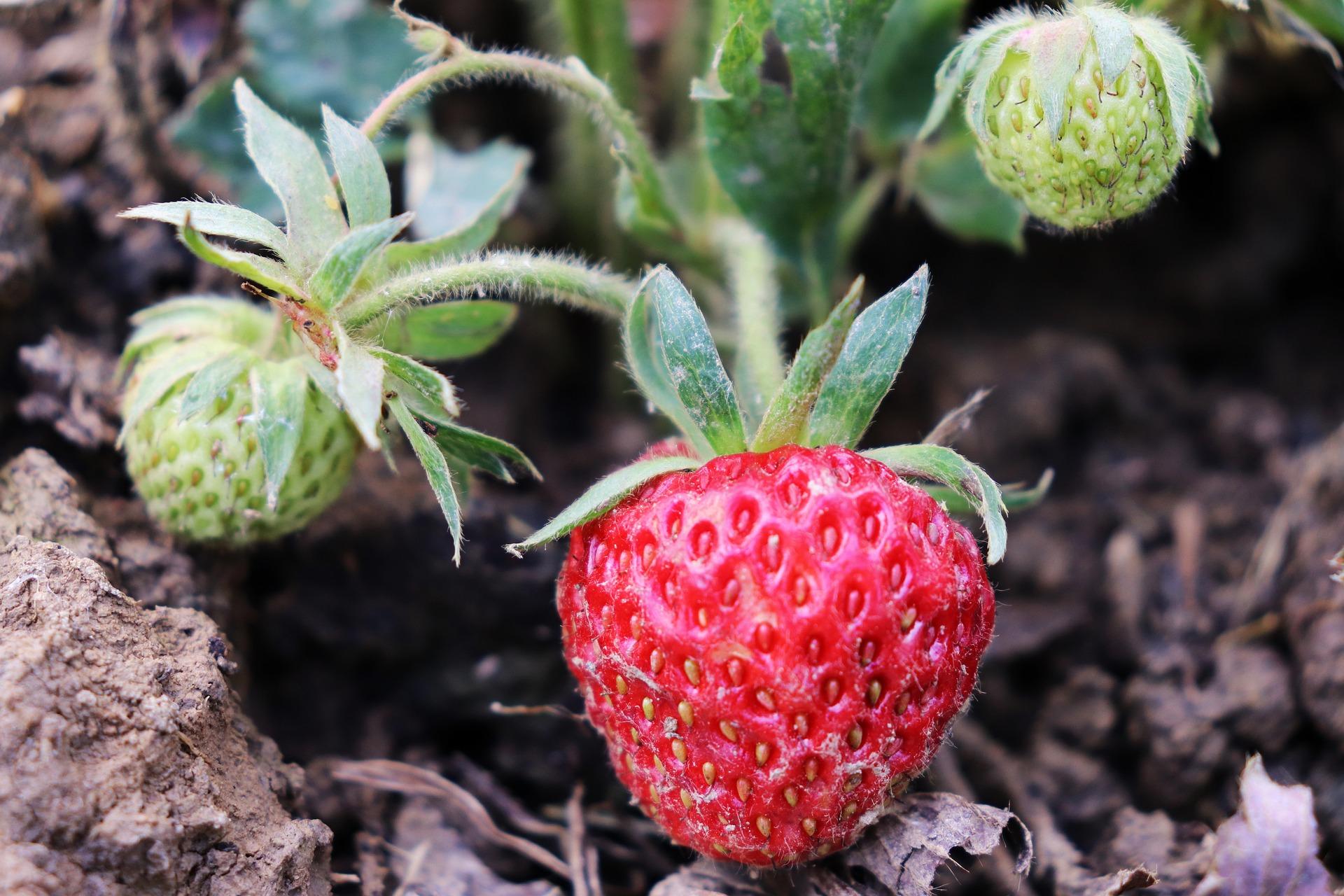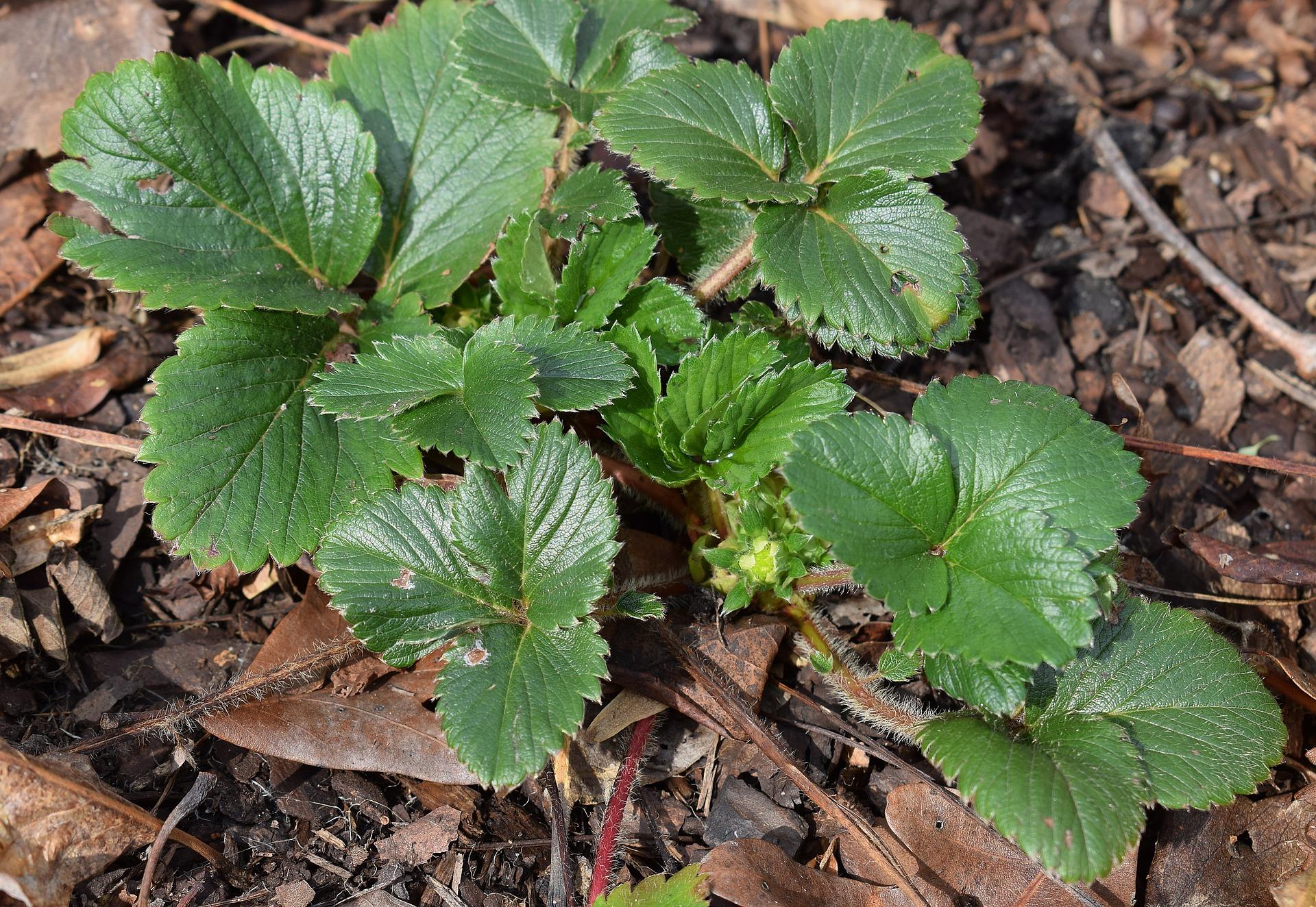

Strawberries are a deliciously juicy, sweet fruit. Who would not want to grow their own strawberries?
Growing strawberries for beginners at home is not only rewarding, but also relatively easy. With proper care and attention, you can enjoy a bountiful harvest of fresh strawberries throughout the growing season.
If you want to learn how to grow strawberries, let us help you, with our advice you will soon be an expert. We discuss everything strawberry-related here, including planting, tending, and harvesting!
Have you successfully grown your own strawberries? If yes, would you like to share your tips with other growers? Register with us today to share your experience with others!
Strawberries come in a wide range of varieties; some wild varieties can be grown from early in the year and in some cases can produce an earlier crop. Alternatively, autumn is a good time to plant out.
For those looking to maximise their harvest, consider staggered planting throughout the season. By planting both early and late varieties, you can enjoy strawberries over an extended period.
Strawberry plants can be planted in the ground or in containers; some do well in hanging baskets or tiered strawberry planters. Containers are often preferred, particularly for wild varieties because they can be more controlled.
Usually, they are grown from small plants although you can plant them from seeds, these are known as Alpine strawberries. Do check your variety for specific instructions and factor in your location and its conditions.
Strawberry plants only need to be planted a little below the soil level as they have very shallow roots and this will also help prevent rotting. To choose the best soil for strawberries, keep in mind that they like well-drained soil and added mulch - not too much moisture and slightly acidic soil.
To ensure healthy growth and abundant fruit production, you need to regularly inspect your strawberry plants for any signs of disease or pests. Use the correct fertiliser for strawberries and make sure to quickly address any issues to maintain a thriving strawberry patch.
The shallow roots of the strawberry plant will grow relentlessly if you do not address the runners. Depending on your growing requirements, allow a sufficient-sized bed if you are planting in the ground and keep on top of them so they do not overrun. By controlling the growth of the runners, you will also get a more plentiful crop with larger fruit.
You can propagate runners (late summer, before autumn begins) to form new plants in sunken, compost-filled pots with some watering and detach from the parent plant once the runner has rooted. Runners tend to do this naturally in the ground anyway but you can propagate them to speed up the process of forming new plants.
Strawberry plants will also benefit from regular feed during the flowering season, Tomato Feed is perfect for them. When the plants do flower, add more mulch and straw around the plant to help lift the fruit when they form to prevent them from rotting. You may also want to consider protecting them from birds and be mindful of other pests too.
In the first year, after planting, remove runners to conserve the energy for the fruit. In subsequent years you can be more relaxed about them as they are more established and allow for new growth for a more continuous crop.
Regularly check your strawberry plants for ripe fruit during the harvesting season. You can harvest ripe strawberries by gently picking them from the plant, being careful not to damage the delicate fruit.
Expect less or little productivity in the first year and consider replacing or adding to your crop after approximately 3 years when the plants are becoming worn out.
After your strawberry harvest, the plants will become dormant and die off during the winter months and you can remove dead leaves and debris but do not interfere with the crown.
Unlike tomatoes, strawberries will not ripen after picking.
If you are wondering when to pick strawberries, the tips given here will be helpfull.


Growing strawberries in the UK can be tricky due to various factors.
Overall, growing strawberries for beginners isn’t difficult as long as you test your soil, manage pests, and take good care of your plants.
There are various types of strawberries that people love to grow and eat in the UK and in other parts of the world.
No matter what kind you like, there's a strawberry out there for everyone!
Register with us and share your story with other growers by posting it on our community blog page today!
Storing strawberries properly is essential to maintain their freshness and flavour. Firstly, it's best to keep strawberries unwashed until you're ready to eat them. This is because moisture often leads to mould growth, so only wash them right before consumption.
To store them in the refrigerator, arrange the strawberries in a single layer on a paper towel-lined tray to prevent bruising and mould development. Then, cover them loosely with plastic wrap or place them in a plastic bag with holes to let air circulate.
Avoid sealing them in airtight containers as this can lead to moisture buildup and spoilage. Alternatively, you can store strawberries in a container lined with paper towels, with a paper towel placed on top to absorb excess moisture.
Ideally, strawberries have to be consumed within a few days for the best taste, but if necessary, they can be frozen to last longer. To freeze strawberries, wash them, remove the stems, and dry them thoroughly before placing them in a single layer on a baking sheet to freeze them individually.
Once frozen, transfer the berries to a freezer-safe bag or container, and make sure to remove as much air as possible before sealing tightly. As long as they’re properly stored, your strawberries can be enjoyed fresh or frozen in various dishes such as smoothies, jams, and desserts.
Strawberries are incredibly versatile and can be enjoyed in various ways. They're perfect for snacking on fresh, adding a burst of sweetness to salads, or topping cereals and yoghurts for a nutritious breakfast.
Additionally, they’re amazing in desserts like pies, tarts and cakes, offering a delightful balance of tartness and sweetness. Strawberries can also be turned into jams, preserves, and sauces.
For a refreshing treat, you can blend strawberries into smoothies or freeze them for homemade popsicles. Moreover, they can be used to elevate savoury dishes, such as pairing them with meats in salads or as a complement to cheese platters.
Want to know how to grow Strawberries in a few easy steps? Read this!
We are a happy and growing group of allotment growers here at Allotment Online. Whether you are new to allotment growing or have years of knowledge, we are here to support and mentor you at every step of the way.
We always welcome your input and want to hear your best stories, advice, tips and tricks. Register today and share your strawberry growing journey here!
Allotment Online is here to provide helpful tools, advice, and resources to ensure your gardening endeavours are successful. Whether you are wondering how to grow strawberries, carrots, basil or anything else, we will help you out!